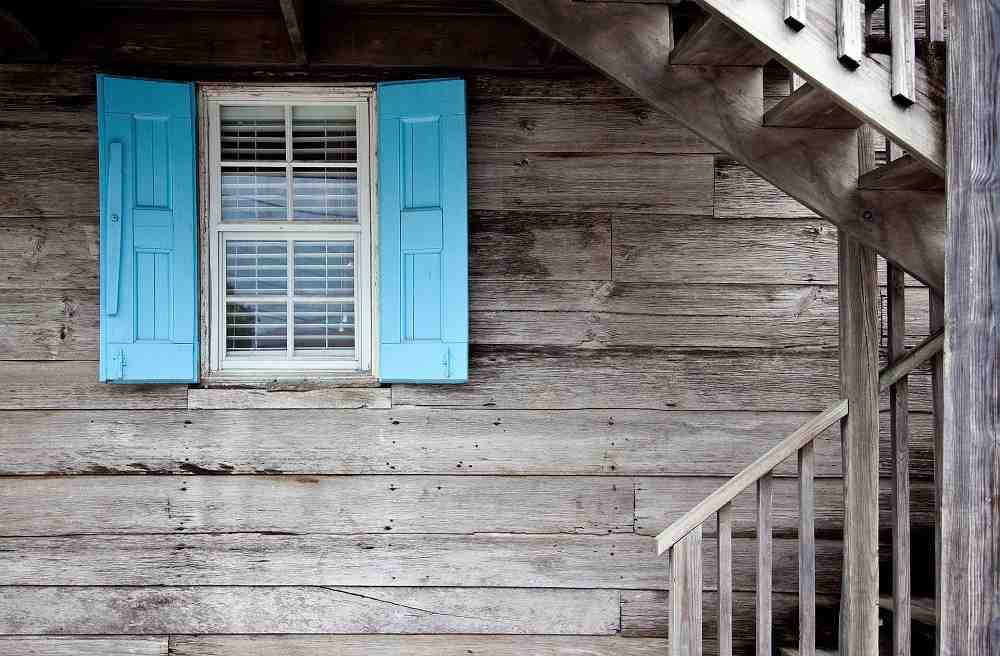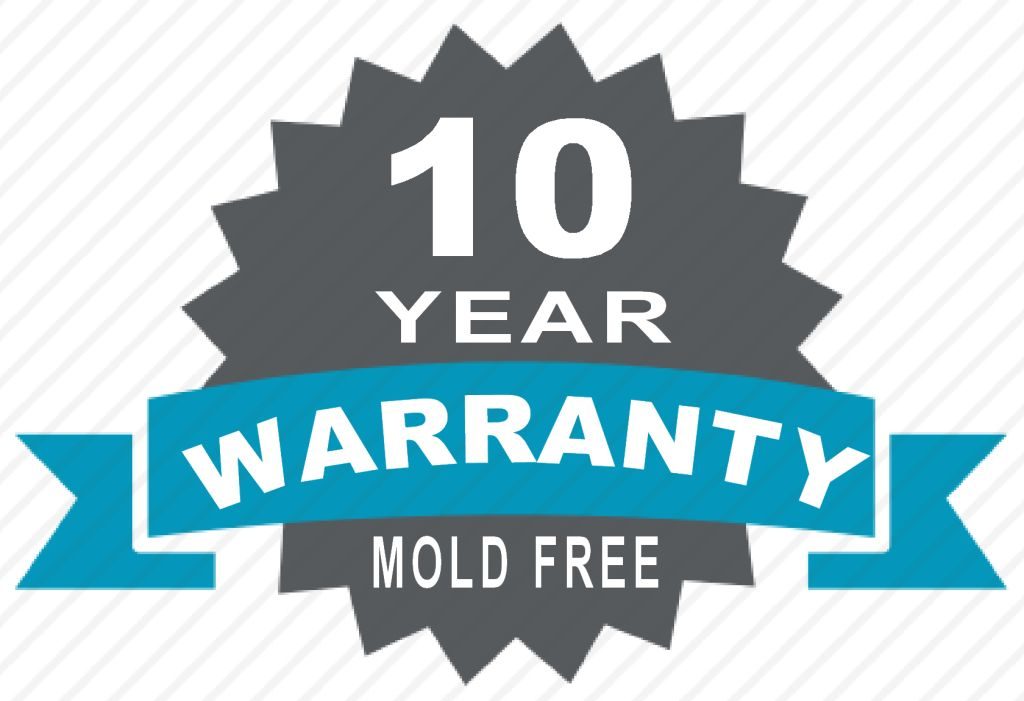Did you know that there may be hidden mold in your house and not even realize it’s there? Most people think that mold is visible and only is where you can see it, on the surface. However, more often than not mold growth occurs from dark hidden areas that you are not seeing on a day-to-day basis. Hidden mold is the most difficult, and it causes the most damage to property and to the health of the home’s occupants, due to not being discovered for some time. And the longer we are exposed to mold, the more effect it has on our bodies. However, with the guidance of a trained professional such as those at https://moldremediation.io/, or their likes, we can know where to look for mold and how to get rid of them. We are going to discuss the primary causes of mold growth and where it most commonly likes to grow.
3 Primary Causes of Mold Growth
An indoor environment that produces high humidity will grow mold. It’s that simple. Moisture + Materials + Time = Mold. Learning about how to monitor your indoor humidity levels should be a part of every property owner’s maintenance items. Learning what causes humidity to rise and how to prevent it is vital to a healthy indoor air environment.
1. Moisture Becomes Trapped and Never Properly Drys
What causes mold indoors to start? There must be a source of water or moisture which could even be trapped humidity. Getting a substance or material wet that is porous and capable of sustaining mold growth. Common building materials, such as wood, drywall, insulation, carpets, and carpet padding are the most common. These building materials are where we find mold damage. For example, carpet. After a single incident of water damage occurs in a building; getting the carpet & pad dry is not the only concern.
Water often gets trapped behind baseboards, and if not pulled, becomes a breeding ground for mold. The biggest concern is the unseen damage from water…trapped moisture! Even if you have water on the surface. Large amounts of humidity can cause all suitable material in an area to become a breeding ground for mold. Getting air movement under the carpet & behind walls is of the greatest importance. Placement of adequate dehumidifiers to properly remove the moisture from the air and materials is essential. For maintaining a healthy mold-free environment. Moisture causes mold to grow inside of the wall cavities. Then becomes inactive until a later incident of high humidity. This illustrates how mold can seem to be a sudden problem. Long after a previous flood or water incidents that did not produce such a problem. The right conditions reactivate mold.
2. Materials: That Can Absorb Moisture Get Wet
Many of our building materials are porous and absorb moisture easily. Materials that are commonly used by mold as a food source are wood, drywall, and common building materials. Because these materials retain moisture, this is what creates a food source. Humidity is what causes mold indoors. Mold spores are ubiquitous, mold growth in an indoor environment is typically related to water or moisture indoors. Mold growth can result from incomplete drying of flooring materials such as concrete. Flooding, leaky roofs, building maintenance problems, or indoor-plumbing problems can lead to mold growth inside homes, schools, or office buildings.
3. Time: Begins Growing in as Little as 24 Hours
The last element of what causes mold to grow in time. Mold growth begins between twenty-four and seventy-two hours from the time of exposure. The mold that is not rectified only continues to grow at a rapid rate. In our experience, we have seen small areas less than a foot in diameter grow rapidly. Only in a matter of a couple of months, that same one-foot area grew at an alarming rate. Becoming over fifteen-foot in diameter and needing extensive remediation. The mold that is a result of water damage quickly becomes a breeding ground for more dangerous mold types. Such as black mold.
The Top Ten Places Mold Grows
Here are the Top 10 Places to Look for Hidden Mold in Your Home:
1.Bathroom Mold
Because of the high moisture environment of a bathroom. Caused by steamy showers and exposure to all types of water. This makes bathrooms one of your top risk area for mold growth. Poor ventilation in a bathroom is the leading cause of mold growth in bathrooms. Without proper ventilation, the bathroom’s moisture has no way to dissipate quickly. Causing porous materials like drywall to absorb the moisture. Remember, MOISTURE + MATERIALS + TIME = MOLD. Mold in bathrooms usually starts on the ceiling due to hot steam from showers rising due to the heat. However, mold in bathrooms is often in hidden places like behind mirrors and cabinets. Also, under flooring and tile due to water damage and more. The number one priority in preventing mold in a bathroom is to have proper ventilation through an efficiently exhausted fan.
2.Basement Mold
It is common for basements to have mold growth. Especially in the Kansas City metro area. Due to the frequent ground shifting of our region that causes basement leaks and ongoing water damage problems. Also, basements are often out-of-sight-out-of-mind. Not used daily and left closed up and dark the majority of the time. Causing a prime breeding ground and causes of mold growth!
Special Precautions Needed for Basements with a Mechanical Room for HVAC Unit
Also, it is common in the Kansas City area for the home’s mechanical room to also be located in the basement. This causes an increased health risk to the home occupants. As a result, mold in the basement can be easily circulated in the ventilation system of the home. Causing illness to many members of the family! Due to these conditions, basement mold if often more dangerous mold type called “Stachybotrys”. Also, known as “black mold”! If your basement has mold, then this is one time that you do not want to attempt a DIY project. Without first consulting a mold professional. We recommend using a remote humidity monitor to help prevent mold in your basement. These monitors will alert you if water damage has caused the humidity level to be elevated.
3.Carpet Mold
Carpet mold is actually a very common problem. We see this many times during the rainy seasons when lots of home’s are having water leaks. In homeowner’s attempts to cut expenses, many times the will attempt to remove the water themselves. Thinking that the surface water that is visible is the only area of concern. However, removing surface water is only the first step. In a multi-step process that water damage restoration companies follow to prevent mold growth. Water is easily absorbed in the carpet pad, tack strips, behind baseboards and the carpet itself.
4.Mold on Concrete
Yes, mold can grow on concrete. In fact, many houseowners when they notice gaps between their concrete floors, they immediately tend to contact concrete expansion joint repair companies and have it fixed in the first go to prevent the mold growth. One of the many myths about the causes of mold growth is that it cannot grow on non-porous surfaces like concrete. However, what must be considered is that mold needs an “organic food source” to grow. Even though concrete in itself is not an appropriate food source for mold, the dust that easily accumulates in concrete is. With the addition of moisture, even concrete can provide the ingredients needed for mold to grow. Removing mold from concrete is thankfully a much easier process than on other surfaces. However, the EPA still recommends a professional assessment if the molded area is greater than 10 square feet. This limitation may seem overkill. However, you must understand the volatile and powdery substance of mold. Also, how easily the spores can become airborne and circulated throughout the home.
5.Wall Mold
The best place for mold to hide is inside our walls! Inside wall cavities are the number one area hidden mold is found! All types of wall materials easily hide the presence of mold growth. We have seen many times where mold was not visible when looking at a wall. However, upon further examination of pulling back baseboards, wallpaper, paneling or trim we can quickly find large amounts of mold. That has been growing and thriving in the dark and damp recesses of our walls. If you suspect that you may have mold growing in your wall cavities; it is best to inquire of a mold professional who can look for indications of the mold through non-intrusive methods.
6.Drywall Mold
Mold loves drywall! Drywall is made, with thick sheets of paper on each side covering the gypsum plaster (click here to learn more about Gypsum Concrete). Gypsum is a hard-wearing material that is commonly used in flooring and walls. The paper material makes drywall the number one food source of mold! We discard more drywall materials due to mold damage than any other type. Drywall also absorbs moisture on the backside, closed off to airflow. Creating a dark and damp atmosphere with an easy food source for hidden mold to grow rapidly. We have seen mold grow over five times its original size in as little as 2 months. Due to the prime conditions that moisture-filled drywall produces for mold growth.
7.Ceiling Mold
Ceiling mold is more common than you might imagine. The most obvious place you would find mold on a ceiling is in a poorly vented bathroom. However, we have done a number of jobs where the mold was on the ceiling due to elevated humidity levels. Caused by misfunctioning whole house humidifier, roof leaks, leaky skylights and more. Ceiling mold removal can be more complicated. Especially in tall vaulted ceilings due to the amount of scaffolding needed to access the mold. Depending on the circumstances. There are times when a mold sealer and eradicator can be applied without the need for removing materials. The course of remediation needs to be assessed and determined by a certified mold professional.
8.Window Mold
We often see mold around windows. Due to the window opening being a weak point for outside moisture to enter the home. Caused by poorly installed windows. Without the proper flashing or caulking. Also with the common ground shifting in the Kansas City metro area. Windows in the basement are particularly vulnerable, as cracking of the foundation around windows is common. A contractor needs to look at your windows to ensure proper installation of the flashing.
Also, the condition of the caulking should be carefully looked at and replace as needed. We highly recommend caulking around the window opening on the interior of the home as well. Taking these steps not only ensures a watertight seal but also provides greater home efficiency. Sealing windows from airflow is a primary step. To better insulate and improve overall energy efficiency.
9.Attic Mold
Attics can be dark and musty which make it a great place for mold to grow. Since we often don’t go into our attics. This provides the time needed for mold to grow. If humidity is introduced from improper or clogged venting, roof leaks, pipe breaks, and more. During the wintertime, ice dams also are a leading cause of water damage and mold damage to attics. In addition to inspecting and remediating any mold in your attic. Our professionals are able to properly insulate your attic for top Energy Star ratings. Our certified professionals will be able to help you with accessing the humidity, airflow and proper ventilation for your attic. At times, a sprayed on mold sealer and eradicator can be used for attic rafters. You will need a certified professional to provide you the recommendations necessary to properly remediation and prevent mold in your attic.
10.Kitchen Mold
Another place where moisture and condensation can be found in our homes is our kitchen. In the kitchen, we often find mold behind kitchen cabinets, under sinks, around dishwashers and refrigerators and even under flooring. Due to the sanitary needs of a kitchen. It is recommended to never attempt a DIY mold removal by anyone untrained in proper mold removal. Trapped moisture is the leading cause of mold in kitchens. Mold often forms behind kitchen cabinets. When water damage has occurred above the kitchen from either another floor or roof problems. Most often floor damage is caused by appliance leaks that have persisted for some time.




